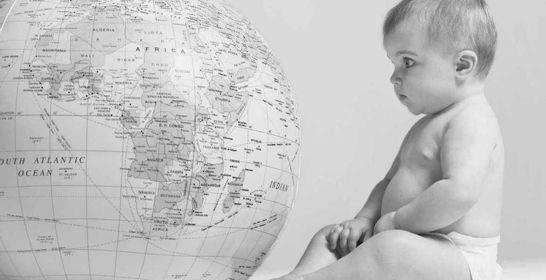
Don’t miss out on new resources
Please join us as we – together with our partners – chart new paths toward a healthier world. Sign up for our newsletter today.

Approximately half the women working in the Philippines are considered informal employees, and are not guaranteed paid maternity leave.
Having to return to work soon after childbirth is a significant barrier to exclusive and continued breastfeeding, especially among women without any kind of social protection. So, researchers from Alive & Thrive and BBF asked how much it would cost to expand paid maternity leave to informal employees via a non-contributory cash transfer program.
Their open access findings were published in Maternal & Child Nutrition.
With an annual cost of USD 42 million at the low end (14 weeks of maternity leave) to USD 309 million in an ideal scenario (26 weeks), they found such a program would be both financially feasible and a sound social investment to support mothers to provide nurturing care to their infants, including breastfeeding.
In terms of gross domestic product, the ideal scenario is equivalent to less than 0.1% of Philippines GDP, whereas the cost of not breastfeeding is 0.7% of GDP.
“Because breastfeeding is a major driver of many SDGs, improving maternity protection for informal sector workers complements the strategy of the Philippines to achieve its targets on maternal and child health, and nutrition,” write the study’s authors.
The study was supported by Alive & Thrive and Becoming Breastfeeding Friendly, an initiative funded by FLRF through a grant to Yale University.
The Alive & Thrive initiative, managed by FHI Solutions, is currently funded by the Bill & Melinda Gates Foundation, Irish Aid, the Tanoto Foundation, UNICEF and the World Bank.